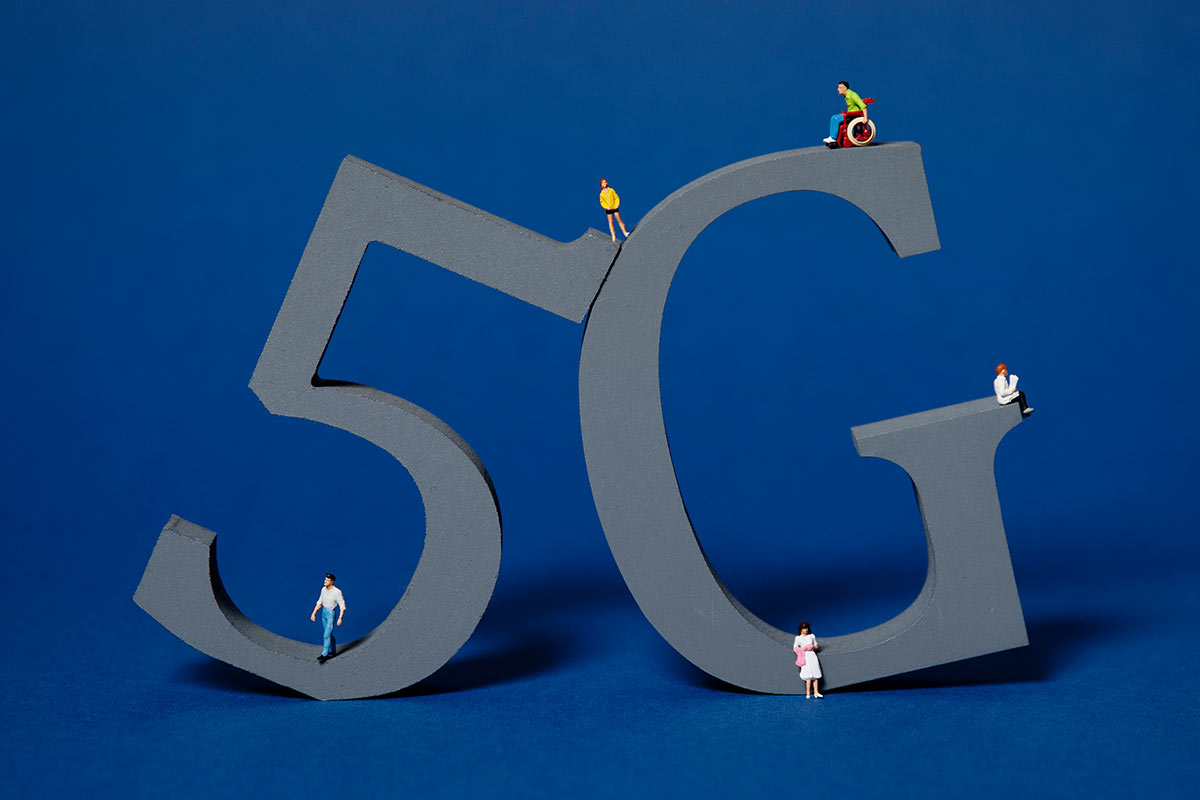
5G – A miracle yet to come
The world’s data traffic has been rapidly increasing for the past decades and the number of connected devices is growing by the day. This creates the need for a faster, more stable, and more developed cellular network. But is 5G ready to come and save the day?
You may have heard about 5G – the technology that is expected to create new opportunities for mobile networks as well as lay the foundation for the future of IoT (Internet of Things). 5G stands for fifth-generation cellular network technology. When running smoothly, 5G could operate as much as ten times faster than 4G, reaching peak speeds of 20 GB per second.
An often-used example of what this could mean for the average consumer is that a movie that would take five minutes to download with 4G only would take about 30 seconds to download using a 5G connection (if nothing else, handy when you are about to board a plane and find out there is no in-flight entertainment).
Reducing delay
5G would also have a significant effect on reducing network communication delays, called latency. Put simply – no more annoyingly slow video calls. On 4G, the latency for a video chat is around 10.5 milliseconds (ms). With 5G, it is less than a tenth of that, around 1 ms.
It almost goes without saying that this kind of increase in mobile speed would have the potential to disrupt a lot of industries. Some that are often being mentioned are healthcare, manufacturing, automotive, retail and entertainment. Since 5G would allow devices to communicate with each other with almost no lag, the technology could, for example, open up for things like wireless VR experiences and more reliable driverless cars.
Like its predecessors, 5G would likely mean a lot of new opportunities also for the news industry. Not too long ago, The New York Times launched a 5G Journalism Lab. Although its vision has been called a bit vague, it includes both new internal tools and upgraded experiences for audiences, such as more and better AR and VR immersive experiences.
The most revolutionary impacts 5G will have on news media, however, are probably the ones publishers can’t anticipate today, Harvard’s Nieman Journalism Lab has argued. It could be things like having reporters that are constantly streaming from the field, the ability for reporters to access their colleagues’ raw video feeds and creating “The Newsroom of Things” where cameras could be set up at different events and stories be generated automatically.
Operates on the cloud
There are still a lot of unsolved (and according to some, perhaps even unsolvable) challenges facing 5G. If we allow ourselves to get technical for a minute, 5G is what is called a software-defined network. This means that instead of using cables, it largely operates on the cloud. 5G uses what is called “millimeter waves”, or short-wavelength radio signals. On the upside, this dramatically increases the bandwidth and makes it possible to cram more data and accommodate more users. On the downside, short wavelengths cannot travel long distances and have a hard time penetrating things like walls.
This means 5G will require new phone hardware, a lot more base stations to maintain connectivity, and new phone and network designs. Not to forget, additional hardware in your phone probably means less space for battery and more power usage. For now, experts have said they expect 5G phones to be thicker, more complicated, use more energy, and cost more money. The general recommendation has therefore been to not rush to upgrade, but rather to check back in 2020 when 5G is said to begin to roll out globally.
5G has already been launched on a small scale in the US and South Korea. China and Japan are not far behind, and tests have begun in European cities such as London, Stockholm, and Berlin. But even if the expansion of 5G has begun, it is hard to say when it will replace 4G. As we have learned, there are still some minor (and major) obstacles standing in the way between you and that ultra-smooth experience 5G promises.

Mikaela Åkerman
Industry Editor, Upnext
Years in Schibsted
6
My dream job as a child
Scientist